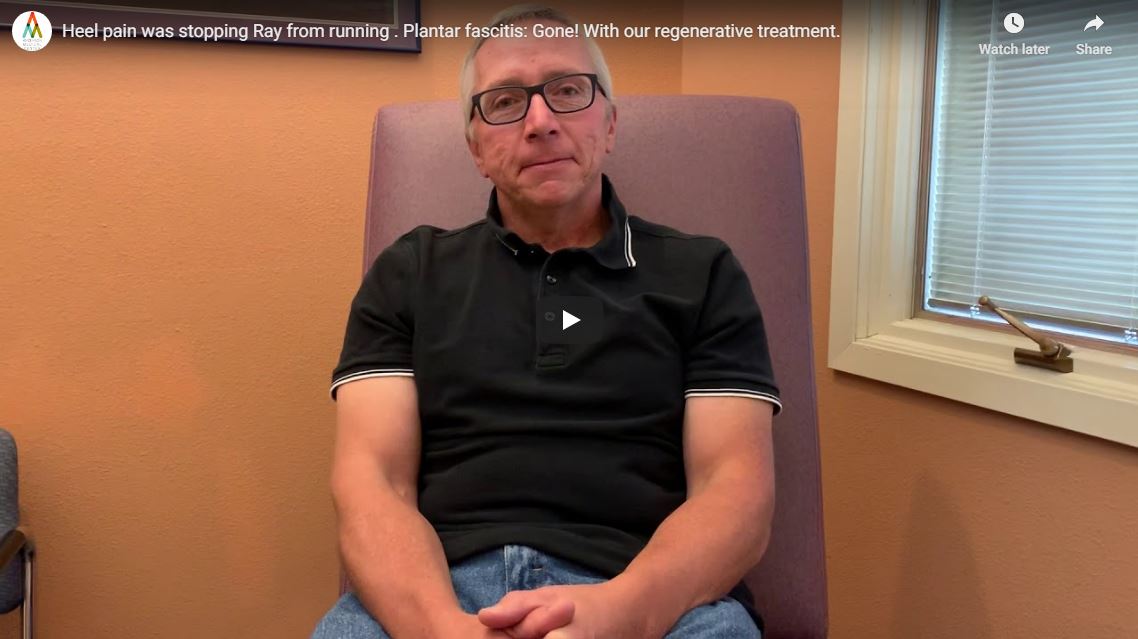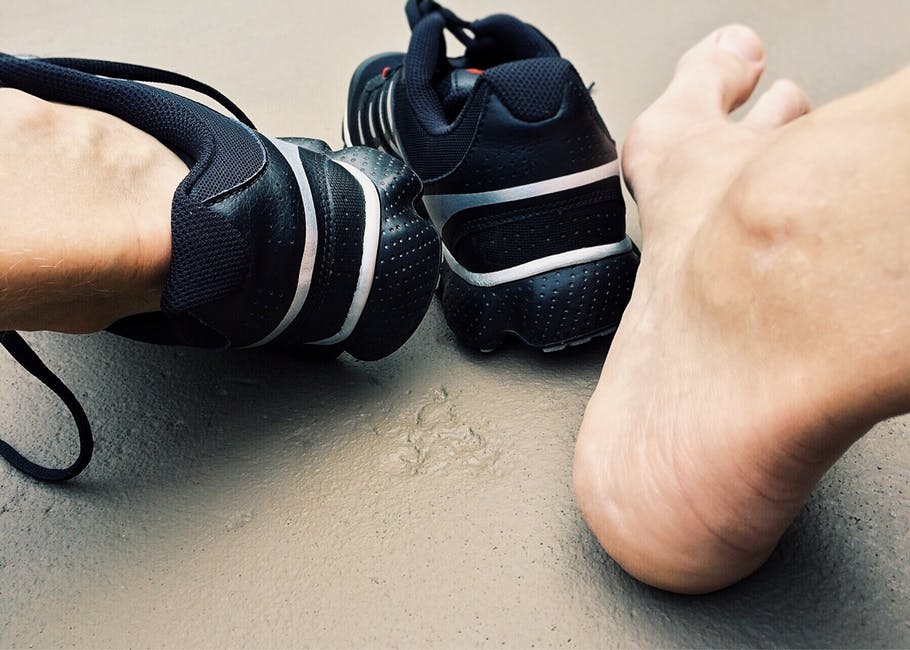It’s never fun to suffer an injury of any kind. There is always the initial pain and limitations. But, what happens when the pain doesn’t go away even when the injury is “healed?”
Does it just need more time? Are you doing something wrong? In many cases, the injuries look completely healed on X-rays or MRI, but the pain continues. So what do you do next?
I’d like to tell you a story about a patient who had just this problem. We will call her Alice.
The Ankle Fracture that “Healed”
Alice is a 32 year-old female patient. She came to see me for severe daily pain in her foot and ankle, which initially started after she fractured her ankle. Alice fell on her ankle and heard/felt a pop. She was evaluated in the ER and properly diagnosed, and subsequently had surgery to repair the fracture. The repair went as planned and after six weeks her X-rays showed a completely healed fracture.
She was then allowed to start walking on it again. That was when her pain really started. After surgery, she had experienced the normal post-op pain, but it wasn’t until she was out of a cast that she began having constant ankle and foot pain that was not relieved by much of anything. It hurt when she walked and it hurt when she didn’t walk. The pain woke her up and kept her awake.
Time to Put on My Detective Hat
Alice was at the end of her rope, and was even considering possible amputation if the pain could not be relieved. With any patient in this much pain, my first impulse was to throw the kitchen sink at her problem to try to find some way of getting her relief. However, in order to help these patients, I know I have to put on my detective hat, do a thorough review of their injury, treatment, and health history, and then put together a step-by-step plan to hone in on the primary cause of the pain.
A Painful Scar
Alice had pain throughout her foot and ankle, but the majority of the constant pain was along the inside of the ankle and down into the foot. This area was so sensitive that any light touch would send pain up and down her leg. She was especially sensitive along a surgical scar from her ankle fracture repair.
She had mentioned this to the surgeon who fixed her ankle and he assumed it was simply a painful scar and would improve with time but instead the pain grew steadily worse. An X-ray showed the screws and plates in the bones did not appear to be causing any problem and the scar itself did not appear thickened or contracted. However, the location of the incision was right over one of the main nerves in the leg, and I considered the possibility that the nerve had been damaged or cut during the fracture repair.
Testing the Theory
A simple way to test this theory was to perform a diagnostic nerve block of the nerve higher up the leg with a long-acting local anesthetic and a small amount of steroid. This will decrease inflammation and reduce sensitivity of the nerve for 2-3 days after the injection.
If the patient’s symptoms significantly improve for a few days after the injection, then it is a good bet that the nerve itself is the source of the pain and not just the messenger. If it only feels better while it is numb, then it’s time to head back to the drawing board. Alice had significant improvement for 3-4 days after the block before the pain returned. This is normal and expected because you can only use this injection for diagnosis, not treatment.
The Source of the Pain
Once we knew the nerve was the source of her pain, it was time for treatment. In this case, I recommended a procedure called a neurectomy of the nerve. This involves making a small incision over the nerve, farther up the leg than the damaged portion. I then locate the nerve, and cut it to shut off the pain signals. It’s kind of like throwing a breaker on an electrical outlet.
Although this might sound drastic, it is a much safer and effective option than other chronic pain management options (opiates or a spinal stimulator for example). For Alice, it worked very well. Once the nerve pain was eliminated, she was finally able to participate in physical therapy to address the other tendon pain and weakness that had developed from how she was compensating for the pain.
Finally, Pain Free
At Alice’s last follow up, she was pain free. She still had a bit of residual limp that will continue to improve with therapy. I present Alice’s story as an example of the complex diagnostic work-up often involved with post-traumatic chronic pain.
No two patients are the same and no two injuries are the same. What worked on one may not work on the other. As a doctor, when I see patients with chronic pain, I have two goals in mind.
1. Identify the primary problem.
2. Do not aggravate the pain any further with unnecessary treatments.
Once we identify the root of the issue, we can then proceed with the appropriate treatment to relieve the patient’s pain.
If you are experiencing chronic injuries or unresolved pain, please come see us! We can help. Come visit your podiatrist in Fort Collins or Broomfield for further consultation.
To learn more about our treatment options, click here.
Book your appointment here.





